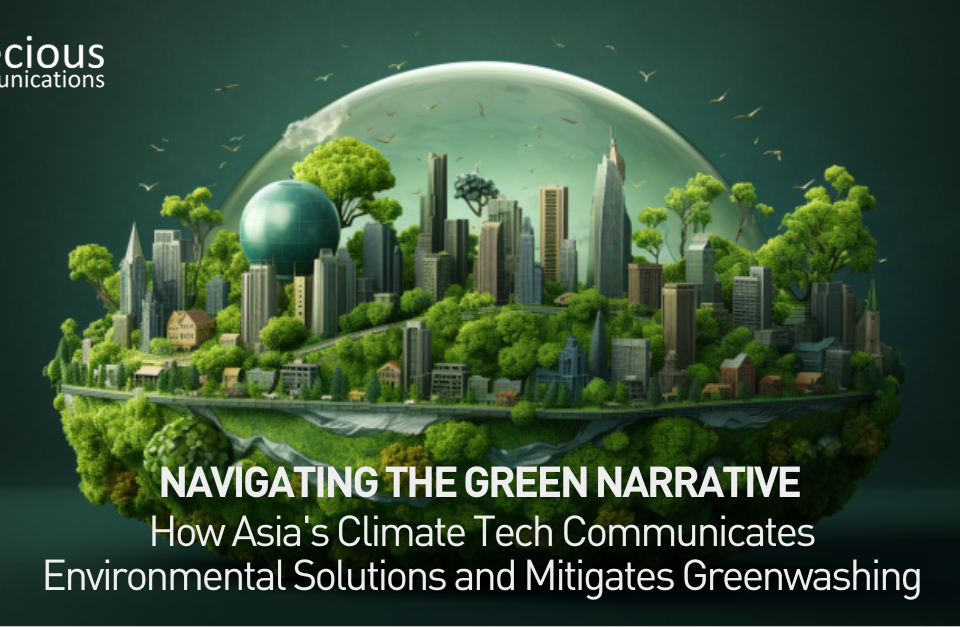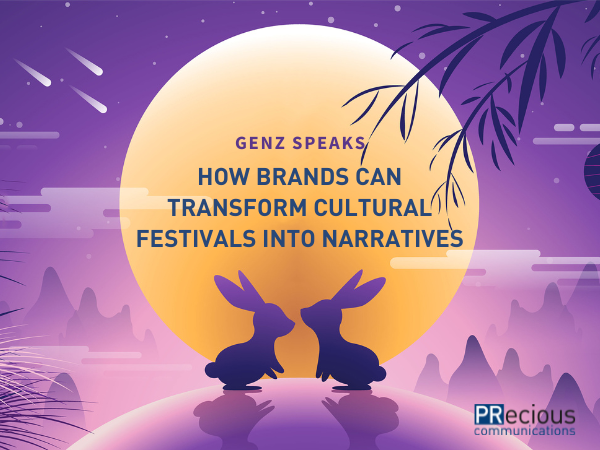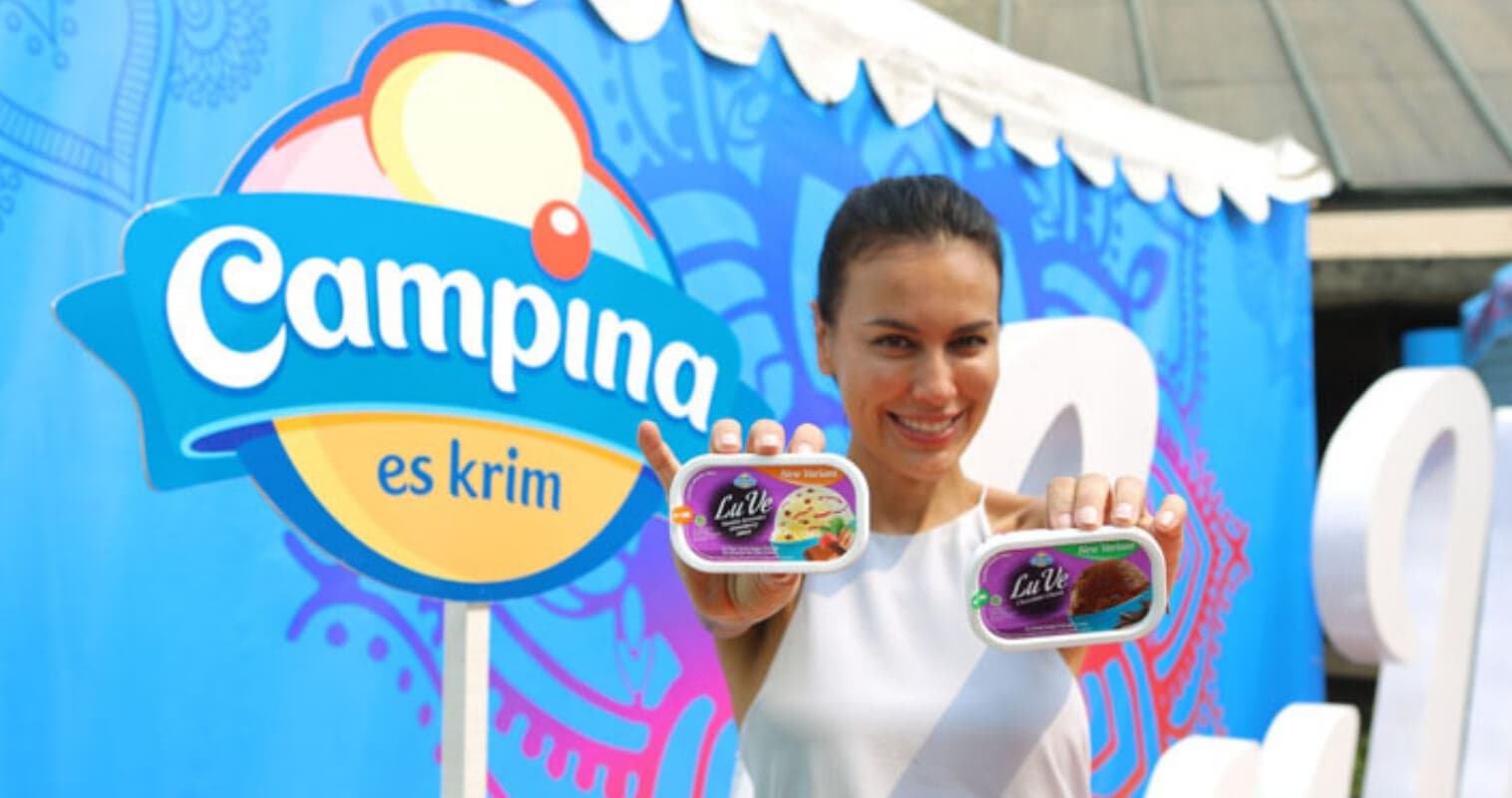How to Make Sense of Clubhouse Marketing: Should You Join the Clubhouse?

Seizing Opportunities as Southeast Asia Enters a SPAC-tacular Era
March 4, 2021
Strategic Planning for Public Relations in Australia and New Zealand
April 9, 2021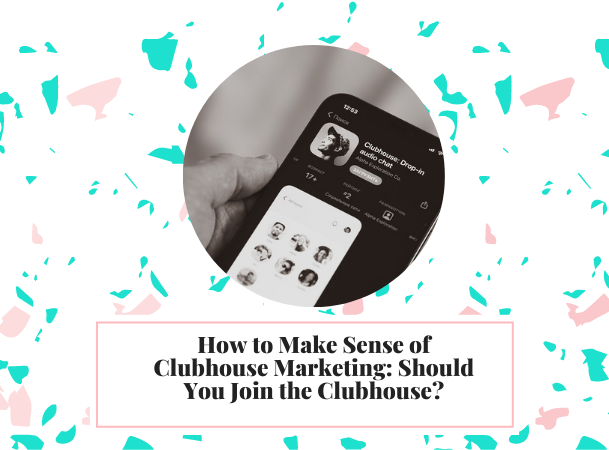
There’s a new cool kid on the social media block: Anyone who’s been following the social media landscape has probably heard about Clubhouse – which exploded in popularity especially after a number of celebrities, CEOs and influencers such as Elon Musk announced they are on it. But what’s with all the hype? After all, the old kids on the social media block were once the new kids in town as well. Once upon a time, Gmail had a long waitlist – as people heard Gmail’s alleged storage capacity surpassed what Microsoft’s Hotmail and Yahoo! Mail were offering. Then came the era of Whatsapp, and more recently, Signal and Telegram – the latter evolving to become a community engagement platform, especially popular among crypto folks, yuppies and millennials keen to connect with similar-minded people. Then TikTok came along, sending the internet world in a frenzy, as people (and brands) egged each other on to complete all sorts of challenges, from intense push-ups to dance showdowns.
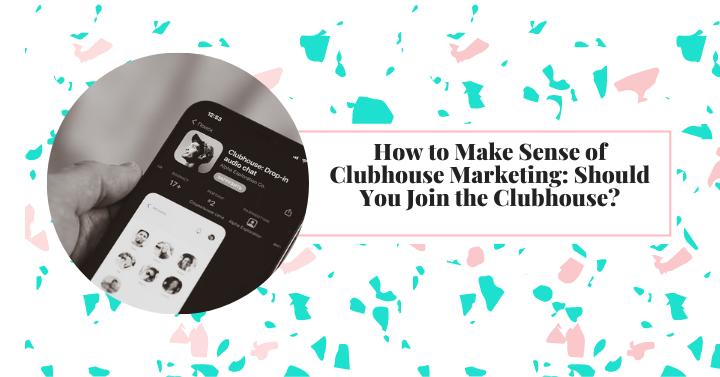
Where, then, does Clubhouse fit into the big picture amidst all the other existing social engagement platforms? Is the new cool kid here to stay, or is it just another channel with more noise? Are people on the app just because of FOMO? Is it just a fad – which may possibly explain why interest in the app has kind of dwindled in recent weeks?
Demystifying Clubhouse
Clubhouse is essentially an exclusive app that allows users to engage in live conversations and chat rooms around a range of different topics and interests. Simply put, it is an audio-based social network, where people can host and join various conversations. After signing up on the app, one can choose amongst the variety of interests from different chats, based on recommendations around which rooms one might like to join.
Currently, Clubhouse is only available to iPhone users, on a by-invitation basis. This means that, unfortunately, as of this writing, non-iPhone users can’t get in the club, and one cannot sign up unless an invite is sent from someone who’s already on the app. New Clubhouse users get to have two invitation credits – which they can then use to invite two of their friends to download the app. Clubhouse users will be able to earn more invitation credits as they use the app over time.
While Clubhouse initially skyrocketed to fame as known personalities ranging from business tycoons to TV show personalities went on-board, the app does potentially enable brands to get additional community engagement action and create brand awareness, if they just know how to play their cards right. But as with anything else, brands should not just blindly join the Clubhouse bandwagon; they should still analyse if it indeed makes sense for their brand to add Clubhouse into their social media marketing mix.
Key considerations before joining Clubhouse
Perhaps one question that brands would need to ask themselves is what their key objective is. Are they merely looking for an echo chamber – or are they trying to have a community built on genuine discourse?
Think of Clubhouse as a cross between a Facebook group and a live podcast. It’s just like an online breakout room – but far more casual and more personal. Unlike Facebook or Instagram, this social network does not thrive on visual content; rather, Clubhouse is audio-based, with hardly any text. And unlike a podcast, which is passive by nature, Clubhouse gives people the ability to insert themselves into conversations and provide real value in discussions.
Right after a conversation, you can easily just connect with those you’ve met in the room. As anyone can just pop into the conversation, there’s no telling whom you will be meeting on the app. For marketers, this is a great way to connect with CEOs and business owners – who may turn out to be potential leads for your company, too.
Here’s a caveat, though: Clubhouse may be a great relationship-building medium, but it is not designed to simply operate in a vacuum. After all, integration is key, and brands should think of how Clubhouse can amplify existing strategies, particularly strengthening existing social and community engagement activities to better add value into the mix. As Clubhouse is audio-focused, it would still be necessary to leverage platforms such as Facebook and Instagram to engage readers with compelling visual content. As conversations conducted in Clubhouse rooms cannot be saved, marketers can capture some of their spokespersons’ soundbites in the room – and do recaps and replays on their respective brands’ existing blogs, LinkedIn and Youtube channels. Another tactic is to provide special product discounts to people in the room.
Whether or not brands will be able to optimise Clubhouse depends greatly on how they are able to integrate it into their marketing mix. After all, each social media channel has its own set of unique features. And as social media channels continue to evolve, marketers would need to constantly keep up with the new features in all of these social media channels too and reevaluate their tactics accordingly. For instance, with Facebook said to be in the process of launching a new offering that could potentially be Clubhouse’s rival in the long run – will it still make sense to be on Clubhouse? Time will tell, really – and this is precisely why marketers need to reexamine their strategies on a regular basis.
Keen to take the conversation around Clubhouse forward and evaluate if it makes sense for your company to join the bandwagon? We’ve helped a number of brands across SEA around their integrated comms efforts, and have just signed our first dedicated Clubhouse client.
Get in touch with us, and we’ll help you optimise new channels to help rejuvenate your brand’s marketing communications mix!
